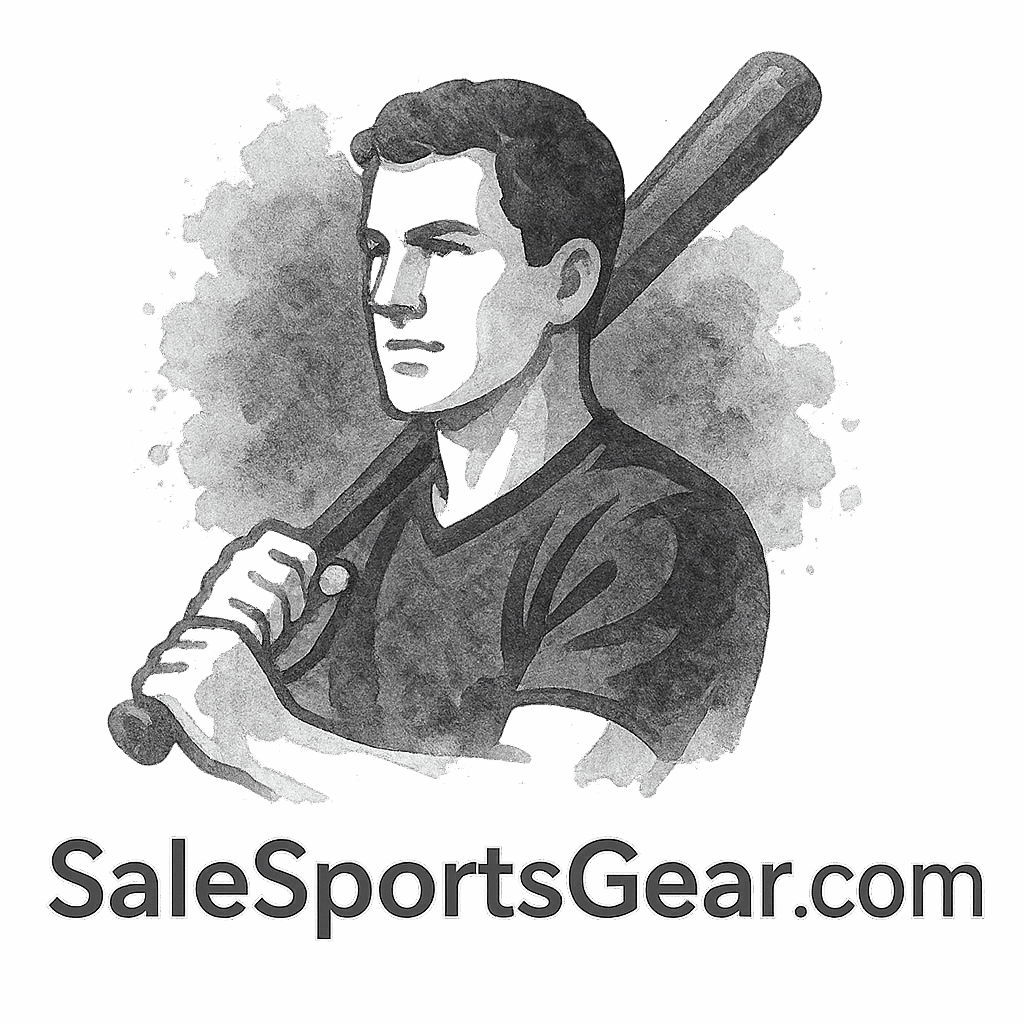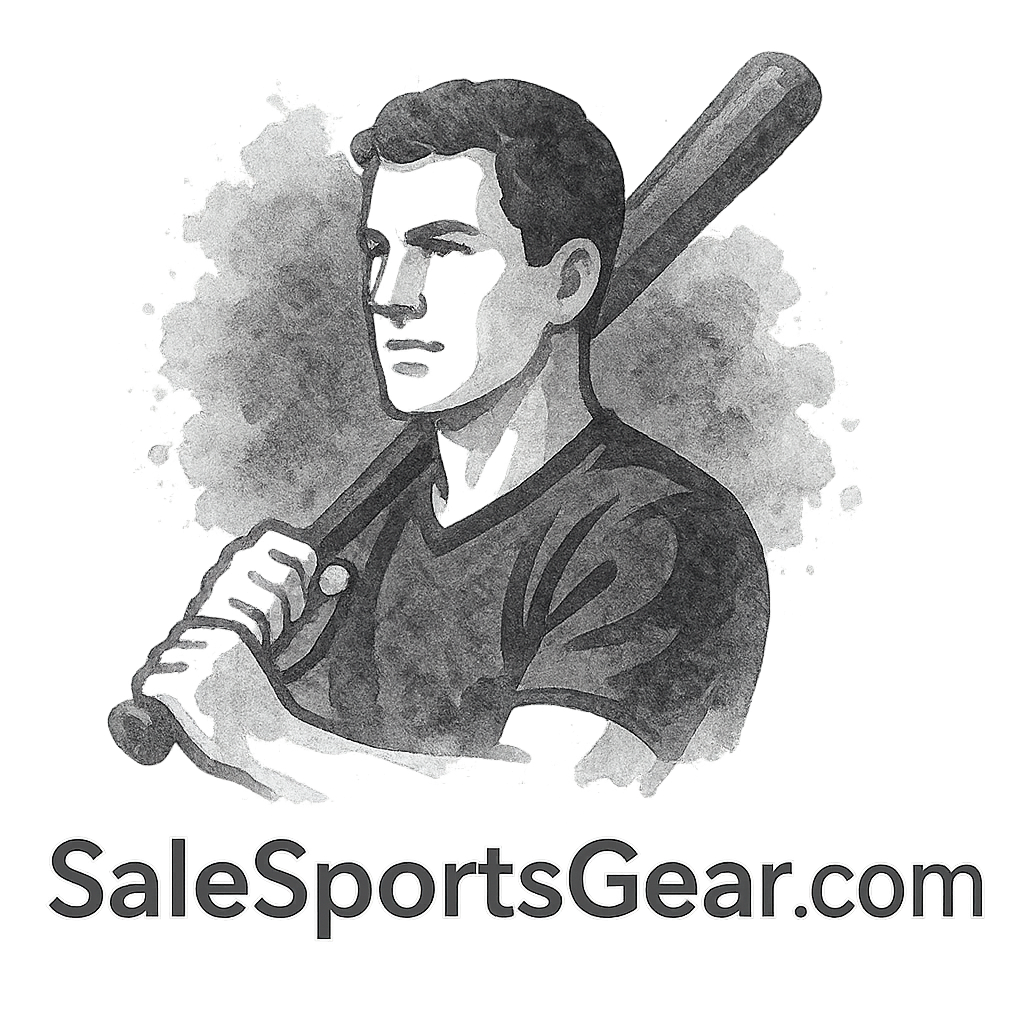When it comes to sports, we often focus on training hard and playing harder. But here’s something many athletes overlook—the condition of your gear can literally make or break you. If you’re not regularly maintaining your sports equipment, you’re unknowingly putting yourself at a greater risk of injury. Let’s break down the 10 must-do sports gear maintenance routines that can help keep you safe, enhance your performance, and extend the life of your equipment.
Why Sports Gear Maintenance Matters
Link Between Dirty Gear and Injuries
Think about it—would you drive a car without checking the brakes? Exactly. Your sports gear functions the same way. Dirt, bacteria, and damage build up over time and compromise safety. From a slippery sole on your running shoe to cracked padding in your helmet, these issues can lead to twisted ankles, head trauma, or even worse.
The Cost of Neglecting Equipment
Besides injuries, poor maintenance can hit your wallet hard. Replacing equipment prematurely due to neglect can be far more expensive than keeping it in shape. Also, the discomfort of worn-out gear can mess with your focus, costing you in performance and confidence.
For a collection of top-tier performance gear that’s built to last, check out High Performance Sports Accessories.
Routine #1: Clean Your Gear After Every Use
Cleaning Techniques by Gear Type
You don’t need to go overboard, but a simple wipe-down goes a long way.
Shoes & Cleats
Use a soft brush to remove dirt and let them air dry. Avoid tossing them into a hot dryer—it breaks down the material faster than you think.
Helmets & Headgear
Use mild soap and a damp cloth to clean inner padding. Let it dry in open air to prevent bacteria from breeding inside.
Pads & Braces
Hand wash using detergent or use antibacterial wipes for a quick fix. Never store them wet—it’s like inviting mold to a party.
For a selection of durable equipment, visit the Sports Gear by Type section.

Routine #2: Store Equipment Properly
Avoid Moisture and Sunlight
Moisture is a mold magnet, and direct sunlight can warp and crack plastics. Always store gear in a dry, shaded area—preferably ventilated. If you’re short on space, gear bags with airflow panels are lifesavers.
Seasonal Storage Tips
If you’re done with winter sports, don’t just toss everything in the garage. Use protective bags and keep gear elevated to avoid dust and moisture damage. Check out Seasonal Sports Gear for more tips and gear.
Routine #3: Inspect for Wear and Tear
What to Look for in Common Gear
Look for:
- Cracks in helmets
- Loose stitching in gloves
- Worn-down soles on shoes
- Bent or dented metal on bats or rackets
When It’s Time to Replace
If your gear is losing its original shape or protective features, it’s time to replace it. Don’t compromise on safety. The team at Sports Gear by Sport can help you find what you need.
Routine #4: Use the Right Cleaning Products
Avoiding Harmful Chemicals
Some cleaners degrade the material of your gear. Avoid bleach and harsh alcohol-based sprays. They might sanitize, but they’ll also eat away the padding and finishes.
Eco-Friendly Alternatives
White vinegar and baking soda can work wonders—gentle, effective, and safe. Want sustainable options? Browse Accessories that are easy to clean and maintain.
Routine #5: Air Out Your Gear
Preventing Mold and Bacteria
After practice, leave your bag unzipped and let gear breathe. Trapped sweat leads to odor and fungus. If you’re always on the go, invest in gear with built-in ventilation. Many Performance Gear items are built with this in mind.
Routine #6: Maintain Proper Fit
Adjusting for Growth or Use
This is critical for youth sports. A loose helmet or tight cleats can mess with biomechanics and increase injury risk. Always adjust straps, buckles, and padding for a snug—but not tight—fit. For growing athletes, explore Sports Gear for Kids to find adjustable, long-lasting gear.
Routine #7: Rotate Your Gear
Extending Lifespan Through Alternation
Got two pairs of shoes or gloves? Rotate them. This gives each set time to decompress and dry out, extending their usability. Pro athletes do this, and so should you.
Routine #8: Sharpen and Tighten When Needed
Skates, Bats, and More
Skates need regular sharpening, and bats or sticks should be checked for grip tightness. Loose grips or dull edges reduce control and increase the risk of slips and poor form. Keep a toolkit handy, or explore maintenance-friendly Athlete Tools.
Routine #9: Follow Manufacturer Guidelines
Manuals Aren’t Optional
We get it—manuals aren’t thrilling. But they often contain critical info like:
- Cleaning instructions
- Storage recommendations
- Warranty details
They’re basically your gear’s survival guide.
Routine #10: Replace Old or Outdated Gear
Staying Ahead of Wear-Related Injuries
Even if your gear looks fine, its protective features may have broken down over time. Experts recommend replacing helmets every 3–5 years depending on use. Browse the Sports Equipment tag for modern upgrades.
Final Thoughts on Injury Prevention Through Maintenance
Sports gear isn’t just about style or performance—it’s your shield. And like any good shield, it needs care. These 10 maintenance routines aren’t just chores—they’re insurance policies for your body. Make them habits, and you’ll not only prevent injuries but also perform better and save money long-term.
Want the best gear to maintain? Head over to Sale Sports Gear for top-rated, performance-ready options.
FAQs
1. How often should I clean my sports gear?
After every use for most items. Especially those that collect sweat like helmets, gloves, and pads.
2. What’s the best way to dry gear after cleaning?
Air drying in a ventilated space. Avoid dryers or heaters—they can warp materials.
3. How do I know if my gear no longer fits properly?
If it slips, feels too tight, or restricts movement, it’s time to adjust or upgrade.
4. Can I use bleach to disinfect my gear?
No. Bleach can damage materials. Stick with gentle, gear-safe cleaners.
5. How long does sports equipment typically last?
It varies. Helmets: 3–5 years. Cleats: 6–12 months depending on use. Pads: 1–2 seasons.
6. Why is rotating gear important?
Rotating helps materials decompress and dry, reducing wear and odor buildup.
7. Where can I find high-quality gear that’s easy to maintain?
Visit SaleSportsGear.com for durable, athlete-approved options.

